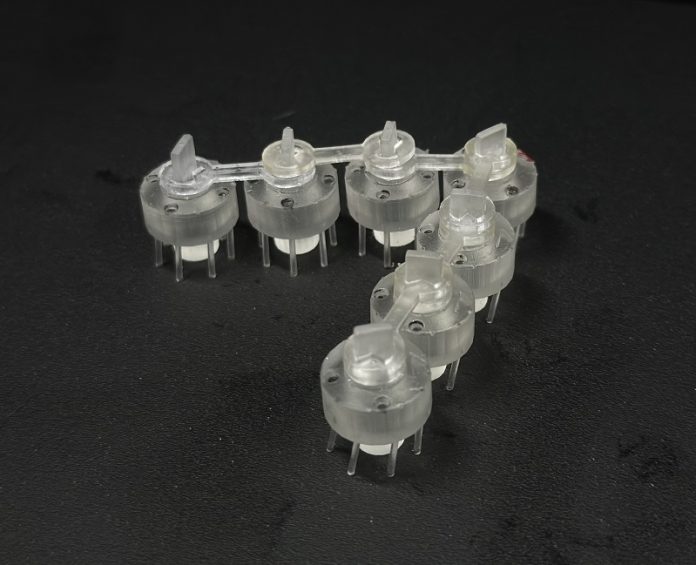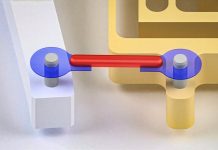
Researchers from Seoul National University and Harvard University have developed a new kind of swarm robot that works like nothing seen before.
Inspired by nature, these next-generation robots are capable of moving, exploring, transporting objects, and working together—all without the need for advanced sensors, centralized control, or artificial intelligence.
This groundbreaking research was led by Professor Ho-Young Kim, Dr. Kyungmin Son, and master’s student Kwanwoo Kim at Seoul National University, alongside Professor L. Mahadevan and Dr. Kimberly Bowal at Harvard.
The study was recently published in Science Advances.
Traditional swarm robots, like those made from drones or tiny individual bots, usually rely on high-tech components such as sensors, wireless communication, and complex control systems.
While effective, these traditional systems are expensive, limited in material choices, and often struggle in harsh environments.
The new swarm robots created by the joint research team are different. Rather than relying on sophisticated technology, they draw inspiration from how nature handles collective behavior.
Think of how ant colonies work together to build structures or how flocks of birds move in perfect harmony.
These natural systems do not rely on a leader or advanced technology to coordinate their actions.
Instead, they follow simple rules that result in complex and efficient group behavior. The research team used this idea to design what they call “link-bots.”
Link-bots are tiny, self-moving particles that connect in a V-shaped chain. These chains allow the robots to move, change direction, and complete tasks without any onboard sensors or central control system.
The secret lies in the mechanical design of the links between each particle. By adjusting the shape and connection points, the link-bots can adapt their movement to different situations and tasks.
The team demonstrated that these link-bots could do much more than just move forward. They can stop, turn, squeeze through tight spaces, and even surround or carry objects. Remarkably, multiple link-bots can join forces to handle tasks too big for a single robot.
For example, they can work together to transport larger objects, block openings, or explore complex spaces—ideal for scenarios like disaster response, where precision and adaptability are critical.
To understand how these simple machines can perform such complex tasks, the researchers developed a computational model. This model simulates how different designs and the number of particles affect the robots’ movement and cooperation. This allows them to predict how the link-bots would behave in different scenarios, making it easier to optimize their design for specific tasks.
Because they require no advanced sensors or artificial intelligence, these robots are not only cost-effective but also highly energy-efficient. This opens up new possibilities for their use in disaster recovery, rough-terrain transportation, and environmental monitoring, where traditional robots struggle.
The researchers believe their nature-inspired design could revolutionize how we think about robotics, providing a simple yet powerful solution for challenging real-world problems.
With further development, these next-gen swarm robots could be deployed in places where current technology cannot go, making rescue missions and environmental exploration safer and more efficient.



